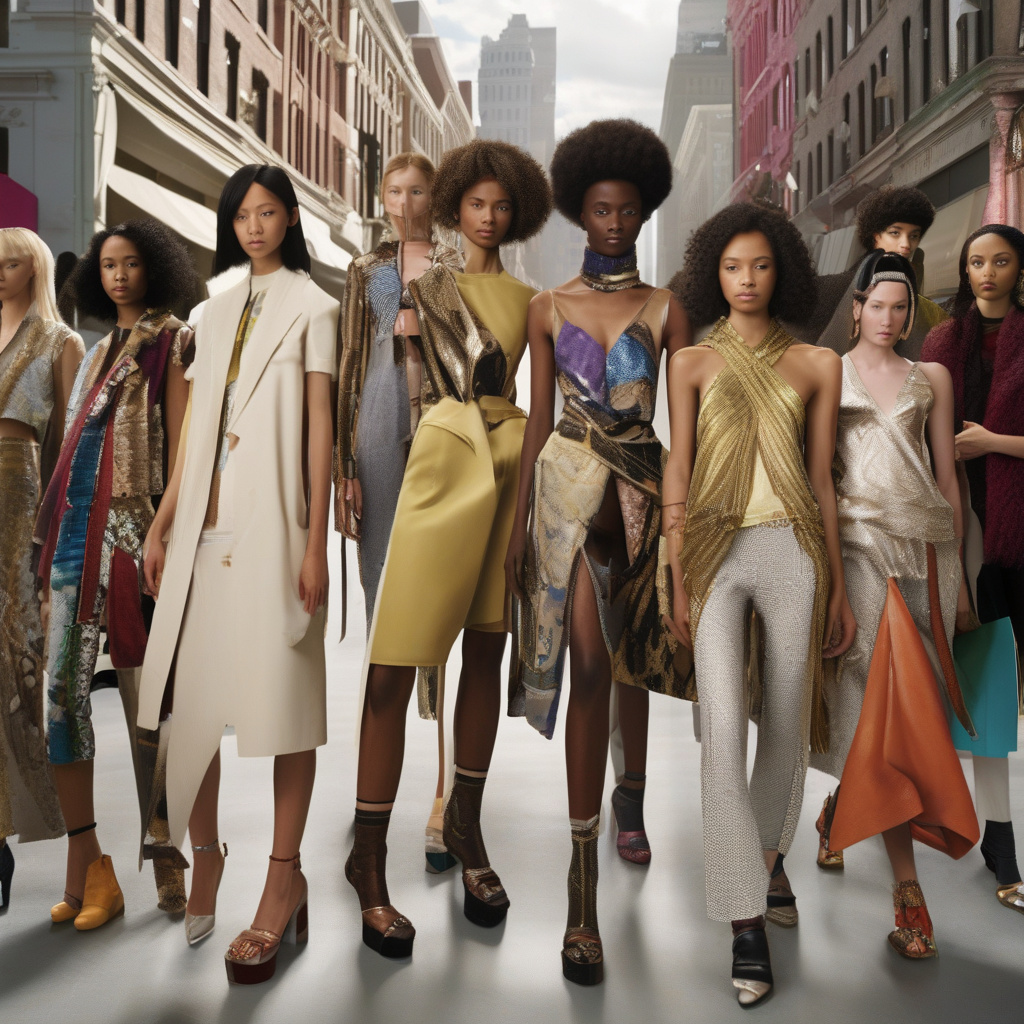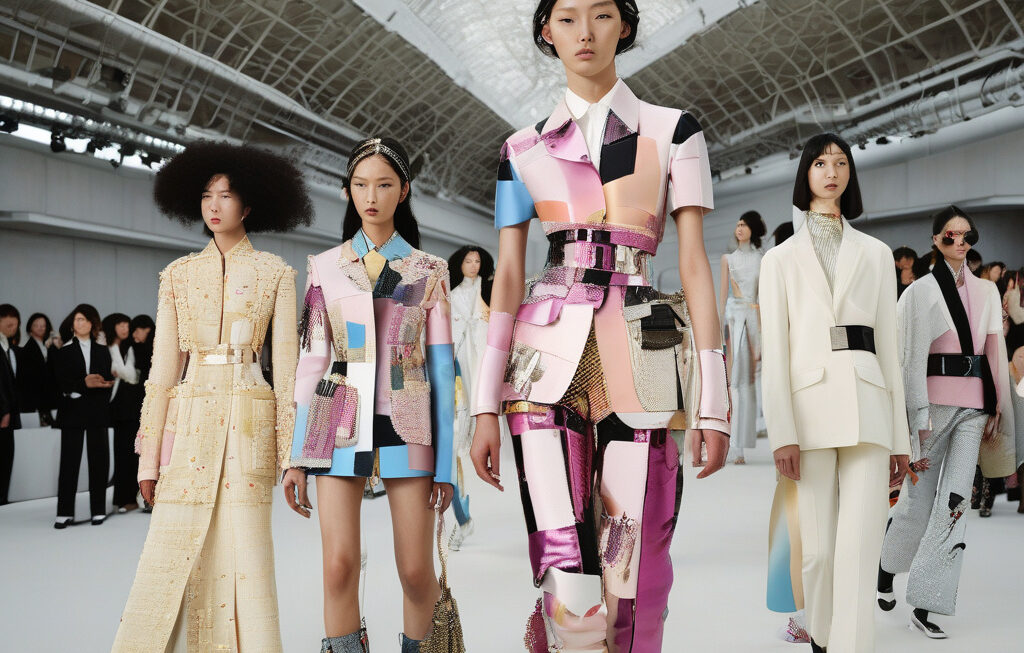Has Fashion Given Up on Emerging Designers?
In the ever-competitive world of fashion, emerging designers bring a breath of fresh air, pushing boundaries, and challenging the status quo. They inject creativity and innovation into an industry that thrives on the new and the next. However, in recent years, there has been a growing concern that the fashion industry might be turning its back on these budding talents in favor of established names and safe bets.
The fashion landscape is dominated by big-name brands and conglomerates that have the resources and influence to set trends and shape consumer preferences. While these established players play a crucial role in driving the industry forward, the question remains: if we don’t nurture smaller creative talents and businesses today, what will fashion look like 10 or 20 years from now?
One of the main challenges facing emerging designers is the lack of support and opportunities to showcase their work. Major fashion weeks around the world, such as Paris, Milan, London, and New York, are often centered around well-known brands, leaving little room for up-and-coming designers to make their mark. The high costs associated with presenting a collection during these prestigious events further limit the ability of emerging talents to gain visibility and attract potential buyers and investors.
In addition to the limitations imposed by traditional fashion weeks, emerging designers also face stiff competition from fast-fashion brands that churn out affordable, trend-driven pieces at an unprecedented pace. These brands have mastered the art of capitalizing on the latest trends and delivering them to consumers at record speed, leaving little room for independent designers to capture the market’s attention.
Despite these challenges, there are initiatives and platforms that aim to support and promote emerging designers in the fashion industry. Organizations like the CFDA/Vogue Fashion Fund and the British Fashion Council’s NEWGEN program provide mentorship, funding, and exposure to promising designers, helping them navigate the complex and often unforgiving world of fashion.
Moreover, the rise of digital platforms and social media has democratized the fashion industry, allowing emerging designers to showcase their work to a global audience without the need for traditional gatekeepers. Online marketplaces, influencer collaborations, and direct-to-consumer models have enabled independent designers to reach consumers directly, bypassing the traditional retail model.
To ensure a vibrant and diverse fashion landscape in the future, it is essential for industry stakeholders, from fashion houses to retailers to consumers, to actively support and champion emerging designers. Investing in the next generation of creative talents not only fosters innovation and diversity but also ensures that the fashion industry remains dynamic and relevant in the years to come.
In conclusion, while the fashion industry may at times seem to favor established names over emerging talents, the creative energy and vision of independent designers are essential for driving the industry forward. By providing the necessary support, opportunities, and resources to nurture smaller creative talents today, we can shape a more inclusive, innovative, and sustainable fashion industry for the future.
#FashionIndustry, #EmergingDesigners, #FashionInnovation, #SupportingCreativity, #FutureOfFashion












